Contact Details

Walter is expanding its Tiger·tec® Gold range with the new WKK25G milling grade, featuring PVD aluminum oxide (Al2O3) coating. The coating is part of a new coating generation that ensures excellent cutting-edge stability and therefore tool life.
The coating consists of gold-colored zirconium nitride (ZrN) top layer for the best friction characteristics and wear detection, an Al2O3 middle layer to resist high temperatures and a titanium aluminum nitride (TiAlN) layer on the carbide substrate for high wear resistance. As all cast iron materials contain silicon carbide (SiC), which is very abrasive to the cutting edge, superior reliability is ensured because of this perfect balance between wear resistance and toughness.
The WKK25G grade is a true specialist when milling today’s cast irons (ISO K material group), such as ductile cast iron. Specifically, the grade is ideal for unfavorable milling conditions, such as interrupted cuts, and for wet machining applications.
The grade meets the most stringent requirements for process reliability, particularly in the automotive industry, and is suitable for highly abrasive workpiece materials. Successful applications include aerospace engine housing parts and automotive turbochargers and other engine components.
In these applications, Walter managed to increase tool life compared to previous cutting tool materials by 30% or more. The inserts are compatible with all standard Walter milling cutters and have an extremely smooth rake face to minimize friction.
Related Glossary Terms
- abrasive
abrasive
Substance used for grinding, honing, lapping, superfinishing and polishing. Examples include garnet, emery, corundum, silicon carbide, cubic boron nitride and diamond in various grit sizes.
- aluminum oxide
aluminum oxide
Aluminum oxide, also known as corundum, is used in grinding wheels. The chemical formula is Al2O3. Aluminum oxide is the base for ceramics, which are used in cutting tools for high-speed machining with light chip removal. Aluminum oxide is widely used as coating material applied to carbide substrates by chemical vapor deposition. Coated carbide inserts with Al2O3 layers withstand high cutting speeds, as well as abrasive and crater wear.
- cast irons
cast irons
Cast ferrous alloys containing carbon in excess of solubility in austenite that exists in the alloy at the eutectic temperature. Cast irons include gray cast iron, white cast iron, malleable cast iron and ductile, or nodular, cast iron. The word “cast” is often left out.
- cutting tool materials
cutting tool materials
Cutting tool materials include cemented carbides, ceramics, cermets, polycrystalline diamond, polycrystalline cubic boron nitride, some grades of tool steels and high-speed steels. See HSS, high-speed steels; PCBN, polycrystalline cubic boron nitride; PCD, polycrystalline diamond.
- gang cutting ( milling)
gang cutting ( milling)
Machining with several cutters mounted on a single arbor, generally for simultaneous cutting.
- milling
milling
Machining operation in which metal or other material is removed by applying power to a rotating cutter. In vertical milling, the cutting tool is mounted vertically on the spindle. In horizontal milling, the cutting tool is mounted horizontally, either directly on the spindle or on an arbor. Horizontal milling is further broken down into conventional milling, where the cutter rotates opposite the direction of feed, or “up” into the workpiece; and climb milling, where the cutter rotates in the direction of feed, or “down” into the workpiece. Milling operations include plane or surface milling, endmilling, facemilling, angle milling, form milling and profiling.
- physical vapor deposition ( PVD)
physical vapor deposition ( PVD)
Tool-coating process performed at low temperature (500° C), compared to chemical vapor deposition (1,000° C). Employs electric field to generate necessary heat for depositing coating on a tool’s surface. See CVD, chemical vapor deposition.
- rake
rake
Angle of inclination between the face of the cutting tool and the workpiece. If the face of the tool lies in a plane through the axis of the workpiece, the tool is said to have a neutral, or zero, rake. If the inclination of the tool face makes the cutting edge more acute than when the rake angle is zero, the rake is positive. If the inclination of the tool face makes the cutting edge less acute or more blunt than when the rake angle is zero, the rake is negative.
- titanium aluminum nitride ( TiAlN)
titanium aluminum nitride ( TiAlN)
Often used as a tool coating. AlTiN indicates the aluminum content is greater than the titanium. See coated tools.
- wear resistance
wear resistance
Ability of the tool to withstand stresses that cause it to wear during cutting; an attribute linked to alloy composition, base material, thermal conditions, type of tooling and operation and other variables.

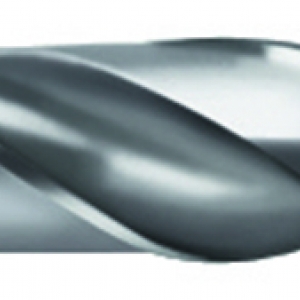
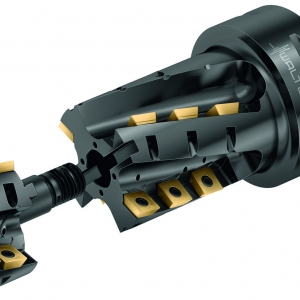

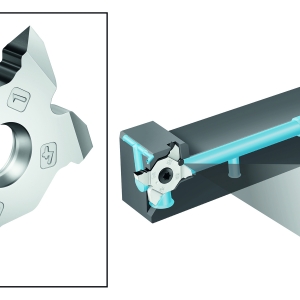
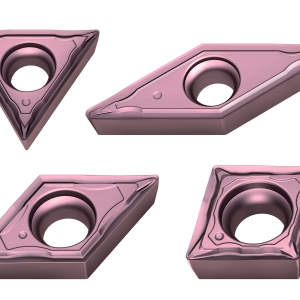
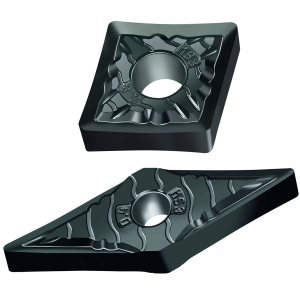
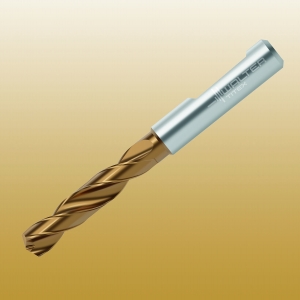
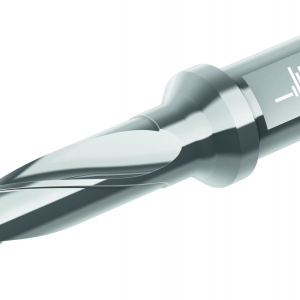
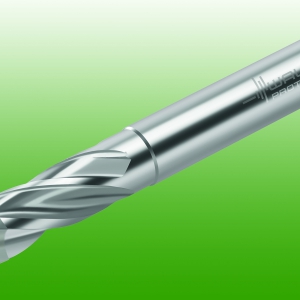
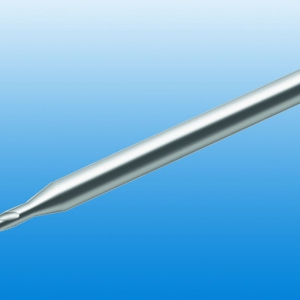
 PRODUCTS
PRODUCTS

